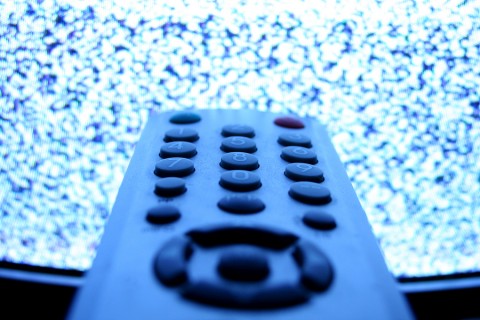
TORONTO – TV service providers offering cost and channel choices through skinny basic TV programming packages receive higher marks in customer satisfaction, according to new data from J.D. Power.
The Canadian Television Provider Customer Satisfaction Study measures overall satisfaction with television service providers based on six factors (in order of importance): performance and reliability; cost of service; programming; communication; billing; and customer service. The Canadian Internet Service Provider Customer Satisfaction Study is based on five factors (in order of importance): performance and reliability; cost of service; communication; billing; and customer service. Both studies were released Thursday.
Videotron ranked highest in both television and Internet customer satisfaction in the East region for a fourth consecutive year. Videotron’s overall score for television service customer satisfaction is 782 on a 1,000-point scale, followed by Shaw with a score of 754 and Cogeco with 733. On Internet service customer satisfaction, Videotron was tops with a score of 777, followed by Cogeco with 732.
SaskTel ranked highest in both television and Internet service customer satisfaction in the West region for a fourth consecutive year. SaskTel’s overall score for television service customer satisfaction is 730, followed by Telus with 715 and MTS with 704. In Internet service satisfaction, SaskTel was highest with a score of 709, followed by Telus with 692.
According to the report, satisfaction is highest among customers with a skinny TV service that allows them to expand and choose additional channels individually (761 on a 1,000-point scale), surpassing satisfaction among those with premium service (738), as well as those with a pre-set expanded basic package (708) or basic cable (700). More than one-fourth (28%) of customers have a skinny TV package that costs $25 or less per month, and 13% of customers pick and pay for additional channels above their skinny package. Satisfaction with cost is also high among customers in this group, which is encouraging for television providers as they generally receive much lower ratings than alternative video services on cost of service (6.0 on a 10-point scale vs. 7.8, respectively).
“Customers have long desired flexibility to pick and choose their own TV packages and not be forced to subscribe to channels they have no interest in watching,” said Adrian Chung, director in the telecom, media and technology practice at J.D. Power, in the news release. “Having the option to choose a skinny TV package with channel upgrade options helps to meet that demand and for some, creating more room in their budget for streaming video content. Instead of a growing number of so-called cord cutters, there is high perceived value in paying for access to content that isn’t available through standard programming, leading more customers to use a combination of services to meet their viewing needs.”
Other key findings of the 2016 TV and ISP studies include:
– Satisfaction among television customers in Canada improves to 715 in 2016 from 692 in 2015, while satisfaction among internet customers is 699, up from 679 in 2015;
– On average, the cost of television service is $70 per month, down from $73 in 2015, and the cost of internet service is $58 per month;
– The adoption of alternative video services (e.g. streaming services) is on the rise, as 49% of television customers indicate they have used one in the previous 12 months, compared with 42% in 2015. Among customers who used an alternative video service in the previous year, 67% used Netflix instant streaming, 16% used shomi, and 9% used CraveTV;
– The percentage of customers who say internet connection speed is “better than expected” has increased to 12% from 10% in 2015;
– Customers in rural areas are more likely to say their internet connection speed is “worse than expected,” compared with those in urban areas (18% vs. 14%, respectively). Rural customers experience a relatively high incidence of network problems;
– The number of connected devices per household has risen to 9.9 from 4.5 in 2015.
The 2016 Canadian Television Provider Customer Satisfaction Study and the 2016 Canadian Internet Service Provider Customer Satisfaction Study are based on responses from more than 3,300 TV customers in the West region and more than 5,700 TV customers in the East region; and more than 3,600 Internet customers in the West region and more than 5,400 in the East region. Both studies were fielded in September 2015 and April 2016.



